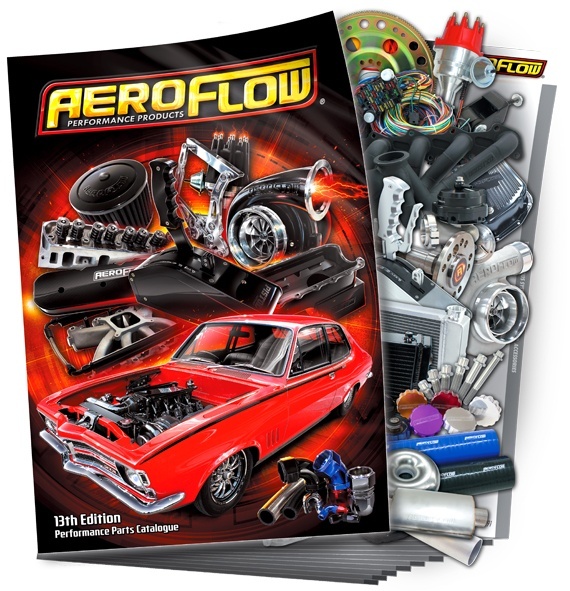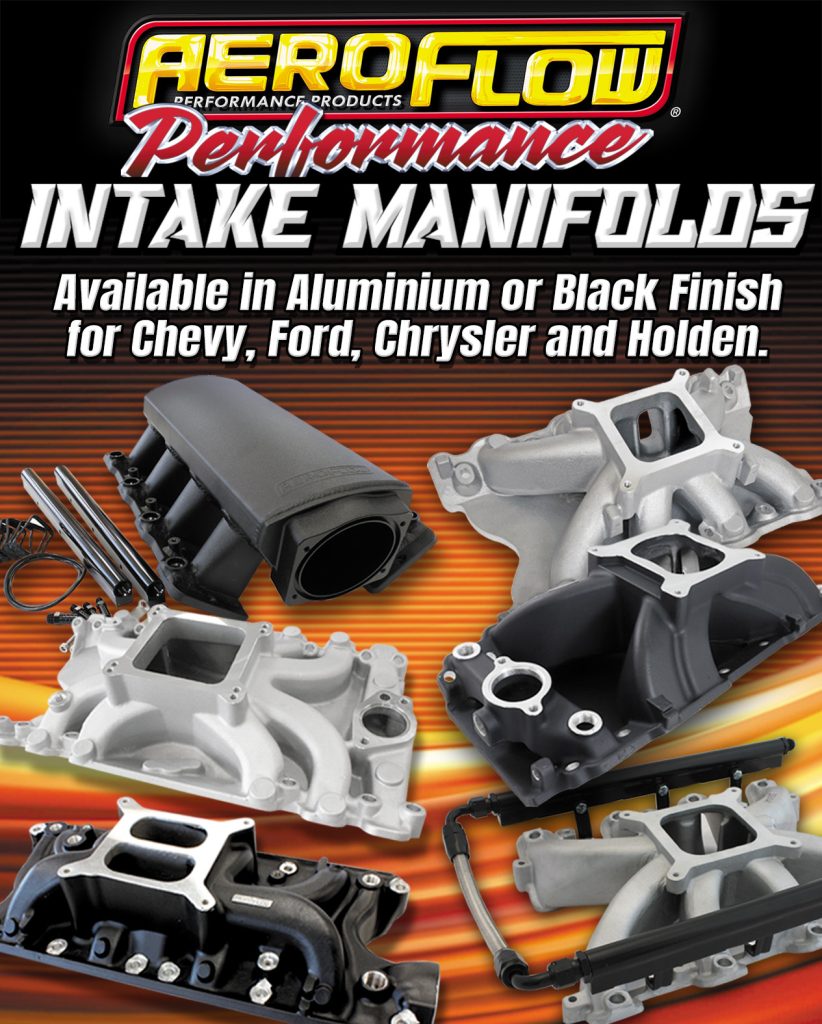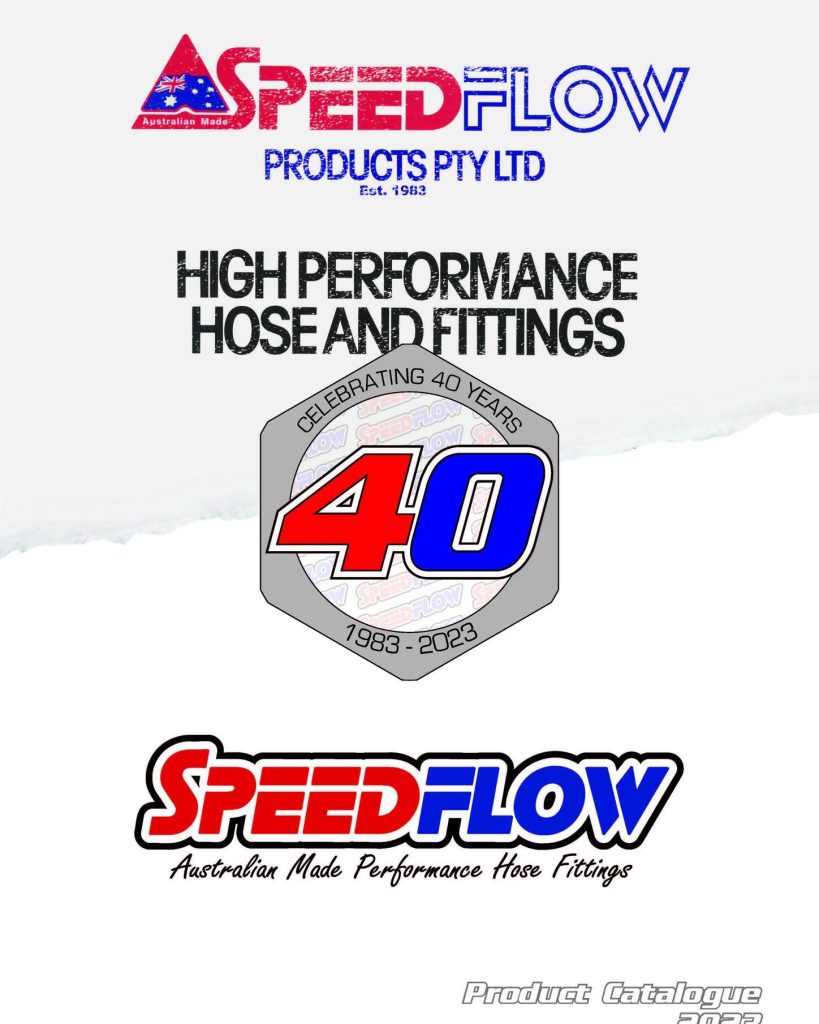
One of the most crucial parts of getting a high horsepower car or bike down a drag strip is clutch set up, so Drag News went to Michael Marriott, crew chief for the Spinozzi Racing Pro Stock team, to find the friction point.
This article originally appeared in Drag News Magazine, why not subscribe to see more great articles like this one?
The basics
Marriott explained that first we must understand there are a rough three components to set up – 1. Engine (power), 2. Clutch and 3. Traction.
“Any time you change one or three, it will show you in the middle,” he said. “If you put more power in there and there is still enough traction you will see more clutch slippage. Or if you have the same amount of power and you increase the amount of traction the clutch will also slip more. The clutch will be an indication of how the track is.”
An adjustable clutch tends to be a rarity in Group Three, but will be found more commonly in Group Two and almost predominantly in Group One.
“The clutch in a nine second Super Sedan most likely won’t have any adjustment, it will have its total clutch load built into the clutch,” Marriot said. “There are a lot of different types of clutches, but generally speaking it would be non-adjustable in the Super Sedan.”
That makes the initial clutch choice extremely important. The first priority of the clutch is that it must be able to generate enough force to give the car 1:1 drive at a given RPM in each gear. “One of the things is that the smaller the clutch, the smaller the window the clutch operates in,” Marriott said. “It makes the clutch less forgiving. It comes down a lot to the clutch surface area, a bigger clutch will end up with more surface area and is able to dissipate heat quicker.”
“One of the things is that the smaller the clutch, the smaller the window the clutch operates in,” Marriott said. “It makes the clutch less forgiving. It comes down a lot to the clutch surface area, a bigger clutch will end up with more surface area and is able to dissipate heat quicker.”
Moving up the clutch hierarchy, fine adjustability is critical. It begins with the amount of base pressure in the clutch, which is controlled by an ellen key which adjusts the install height of the spring and is measured in turns of base pressure are wound in.
“Generally speaking there will be six small springs and depending on the style of engine that base pressure will vary from 150 pounds to 1000 pounds,” Marriott said.
The next part of the clutch that is adjustable is the centrifugal force which is controlled by the levers that throw out as the RPM increases. Adding and decreasing weight changes the rate of application at which the clutch comes in.
Though not an adjustable variable, clutch size is dependant on the horsepower of the engine being used.
“A Pro Stock car has a much smaller clutch between six and seven inches, versus a Top Doorslammer which is 10.5 or 11 inches,” Marriot said. “That clutch will have much more surface area and can withstand more heat.
“You can go one step further in something like the Doorslammers where they run a lock up clutch so in first gear they might use their six primary levers and six levers as their secondary levers (activated by the driver), depending on how many levers that clutch set up has in it.
“A Pro Stock car reaches a 1:1 point on average around 8500 rpm where it locks up.”
Applying a set up
Going back to Michael’s earlier point, the basics of a set up are in the amount of power you have available and the amount of traction you have available. It’s a very simplified version, but those two factors are essentially what determine how you need to get the power to the ground.
On a better start line surface you can apply more clutch base pressure.
“That is what happens when you first release the clutch, the first hard bang that the tyre sees,” Marriott said. “The better the surface the more base pressure you can run. If the surface or the start line isn’t as good you have to reduce the base pressure you run. You also reduce the application rate the clutch comes in at.”
Getting more in depth and the more things start to whiz straight over our heads. We’ll let Michael explain. “The clutch is a very mathematical thing,” he said. “All the clutches I work with I must have the maths for them, that gives me a load rate versus RPM.
“The clutch is a very mathematical thing,” he said. “All the clutches I work with I must have the maths for them, that gives me a load rate versus RPM.
“Every time you shift gears with a Pro Stock car it determines where the clutch RPM drops to on the shift. If the driver is more than 200-300rpm out on the shift it has a very big effect on the clutch.
“If the driver shifts too early you won’t have the centrifugal force and so the clutch may then slip too much. If the driver shifts too late you have too much force and it may make it too aggressive on the change and the car will shake. It can also unsettle a car further down track (risking breaking traction and an accident).”
If there is one thing going in Pro Stock’s favour when it comes to clutch set up, it is that engine power stays relatively constant. Marriott said that with turbocharged applications, the temptation to increase horsepower can be very high, but that will unsettle hard work you have done in setting up the clutch.
“Where it is difficult in the turbo cars or the blown cars is that boost can be adjusted so easily and that makes tuning of the clutch very difficult,” he said. “On the turbo cars you need to increase the power gradually and bring the clutch program with it otherwise it makes it difficult to know how much clutch you have in.
“The tuners have that adjustability at their fingertips so they tend to make bigger changes quickly. I do suspension on turbo cars and Top Doorslammers but you definitely see it a lot in the turbo stuff where the engine tuner suddenly increases the power considerably and it makes it difficult because you then need to change all your settings from clutch to shock absorbers.
“The Pro Stock approach is more methodical. Pro Stock is about repeatability and the clutch is a very repeatable part.”
Between rounds
Each crew will always have an allocated clutch person that specially looks after the clutch.
“They are specifically there to build consistency in the clutch and set it correctly each time,” Marriott said. “As a crew chief you are always working with your clutch feedback. He looks at the clutch after each pass to determine what has happened.”
As soon as the Spinozzi Racing Chev Camaro gets back from a pass it gets put on to stands. The driveshaft gets taken out, the gearbox comes out, the bellhousing is taken off and then the clutch is removed and inspected. It is determined how much heat has been in the clutch by what the plates and floaters look like.
All the clutch discs are reground ready to go back in and depending on the track conditions and how the team believes they are going to change, the clutch load is adjusted by changing the base pressure and centrifugal weight, with the clutch set up to a known stand height so that everything else goes back in exactly as it was.
“We are also monitoring the weather because that is having an effect on how much power we are making,” Marriot said.
Remember that if your power changes, so must your clutch.
Impacts on set up
Heat can be a real killer when it comes to clutches and your chances of a win.
Too much heat will warp the clutch and reduces its surface area, making your settings inconsistent.
“The trick with a Pro Stock clutch is to make the car consistent,” Marriott said. “The burnout builds in X amount of heat and seats the clutch in.
“Every time you come back from a pass in a Pro Stock car the clutch plates are refaced and that keeps the surface of the clutch consistent from run to run. We try to be as consistent as we can in the burnout so wear and heat is consistent.”
Marriott said by the nature of racing where a car might be shut off after a burnout for any number of reasons, it will have an impact on the run to follow.
“It happened to us on a couple of occasions,” he said. “At Willowbank during the sunbreak they allowed the car to do the burnout and then they stopped the cars and made us go and redo the burnout. The clutch ends up with more heat in it and, the clutch settings often change and you don’t have enough load. So the clutch then slips too much, which exaggerates the problem by creating more heat. Pro Stock is the most sensitive there.”
While the burnout might be considered mere ceremony in some categories, for a Pro Stock car it can make or break a run. “The art of it is to try and stay fussy and not damage the clutch,” Marriott said. “That makes it difficult to drive through the burnout. You have to be extremely cautious to get the burnout right so you don’t overheat the clutch and lose the consistency.
“The art of it is to try and stay fussy and not damage the clutch,” Marriott said. “That makes it difficult to drive through the burnout. You have to be extremely cautious to get the burnout right so you don’t overheat the clutch and lose the consistency.
“The burnout sets the clutch, it sets the tyre temperature, it controls the engine temperature, so it is a massive part of the run.
“You wouldn’t be as successful without a burnout because you couldn’t get enough heat in the tyres, but you can reduce the size of the burnout on a hot track.
“A Pro Stock requires a lot of water in the burnout box because you can’t drag the clutch down whereas a Top Doorslammer will do more of a rolling burnout, the way that the clutch works they have don’t have troubles. The Pro Stock car is the hardest car to drive full stop.”
Pro Stock teams often choose to use a ‘coated’ clutch floater disc. Floater discs separate clutch discs from the rest of the driveline. A three disc clutch will have the flywheel, a floater disc, clutch disc, a second floater disc and then the hat.
Floating discs are typically made of steel and can be treated with a titanium coating.
“It makes the floater more resistant to heat but it also has a life span,” Marriott said. “After X amount of passes you have to turn around and go and get those floaters re-coated.
“You don’t grind it as much as a non-coated floater else you remove the coating.”
Marriott explained that for a high heat application, such as when he works on turbocharged cars, they are better off running non-coated floaters and grinding the plates after each pass to produce a consistent surface.
The technology choice
With Mr Marriott’s vast knowledge at hand, we decided to ask him a few silly questions. But hey, if we were wondering, there’s a good chance someone else might be too.
Given the growth of automatics as a choice in Top Doorslammer, we wanted to know if this was a possibility for Pro Stock too.
“At this stage the manual would be the better mousetrap,” Michael said. “I know somebody has tried to run a convertor situation, but it’s not as competitive. At this stage I still see that the clutch, with the amount of variables, we have in gear ratios, ends up being a better package.”
Marriott said there is some variance in what clutch people use in Pro Stock.
The choice is mainly between a six inch triple disc clutch or a twin disc seven inch clutch.
“The triple disc clutch is a smaller clutch and so it has less centrifugal mass so technically it can be easier to drive and make RPM,” he said. “The bigger clutch tends to be more forgiving and so has its advantages too.”
This year Spinozzi Racing worked with Ulf Leanders to help develop the Leaders clutch for the Australian Pro Stock application.
“That clutch is very unique and the first one in the country, we have been extremely happy with it but it has been quite a development process,” Marriott said. “I think that the Leanders clutch is a high quality piece and being at a development stage it took a little bit to get the tuning window to where we needed it to be, but now we are there. The car is the fastest 60 footing Australian Pro Stock car in the history of the sport.
“We choose that clutch because of the quality of the build and the fineness of the adjustment and it is also the smallest diameter clutch in Pro Stock racing.”
Marriott said with the performance of Australian Pro Stock cars moving into the 6.8s and over 200mph, they are looking more at what the NHRA teams are doing than ever before.
“The engine power is creeping ever so slowly closer to what the NHRA is doing,” he said. “What we look at now is much closer to what NHRA Pro Stock was using a few years ago, or what they run at Mile High (Bandimere, a high altitude track in Denver). The NHRA Pro Stock cars at Mile High and our cars run very similarly. Those teams run completely different clutches for that one event.”
Looking at the overall
While the power, clutch, traction arrangement simplifies how set up works, there are many more elements that can be introduced.
One is gear ratios.
“Clutch and gear ratios go hand in hand, both are very determined by the track surface,” Marriott said. “The better or tighter the surface, the more aggressive we can be with ratios and also with clutch.
“Revving the car harder through the top end has a lot to do with atmospheric conditions and that affects the choice of gear ratio.
“In a Top Doorslammer or Top Alcohol car the track conditions are the primary situation and quite often as the track gets better they need to become more aggressive with a shorter gear ratio so that they don’t underpower the track. Ultimately torque drives the car, it’s the amount of torque you can apply through the real wheels to the track.”
Tyres might seem like a constant at first but in fact they change with every pass.
“We measure the tyres every run and the tyre has a direct effect because it is the last part of the ratio,” Marriot said. “You have your gearbox ratios, then the diff ratio and the tyre is the final in the drive ratio. We do measure the tyre and monitor the size.
“When the tyre is brand new you need to be less aggressive. Depending on what type of car, we will use a figure of five runs on most cars, the tyre then starts to come in.
“Each tyre then has a certain amount of life and what you find is that you measure a tyre brand new, but by the time it has done 200mph the tyre will then grow. You don’t really know what your final tyre height will be until you run the car.”
Thanks to Michael Marriott for his time explaining drag racing clutches to us.
This article originally appeared in Drag News Magazine. Are there technical topics would you like us to cover in future issues of Drag News Magazine, Australia’s favourite drag racing publication? Send an email to press@dragnews.com.au and let us know.











